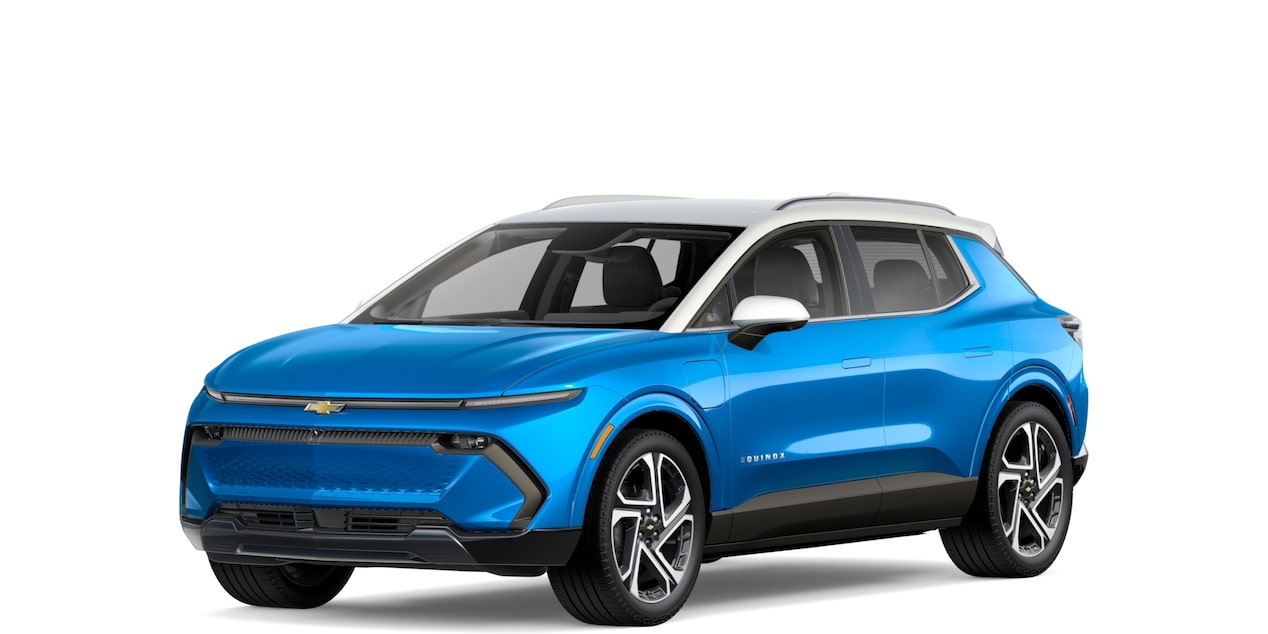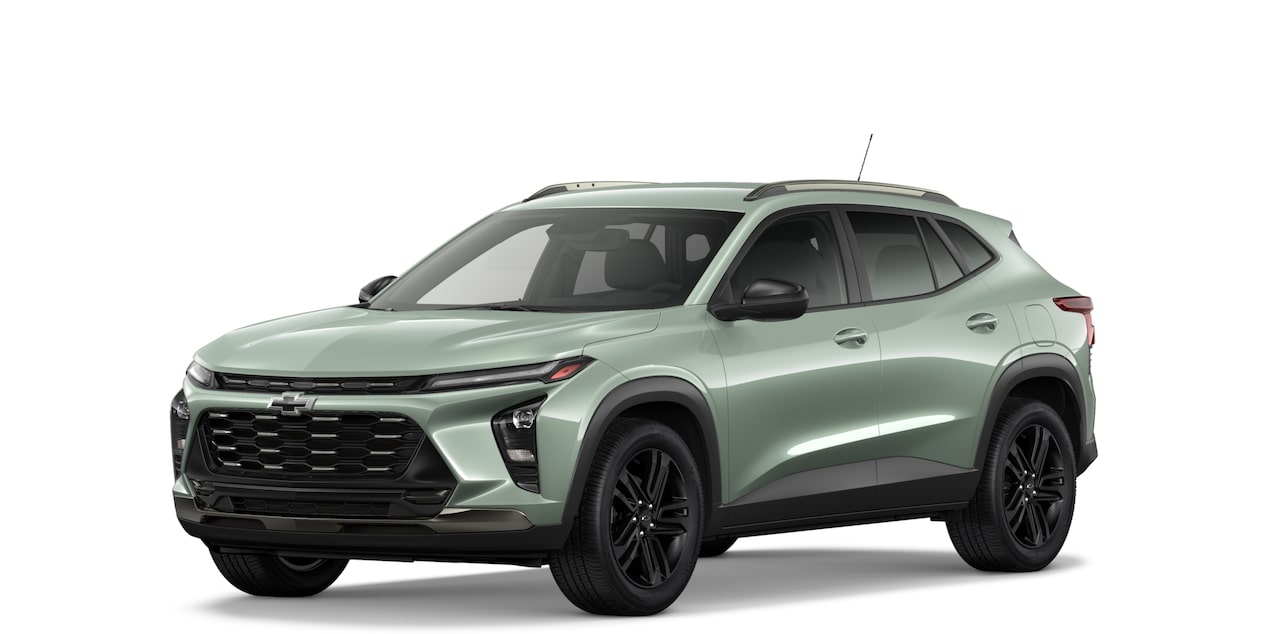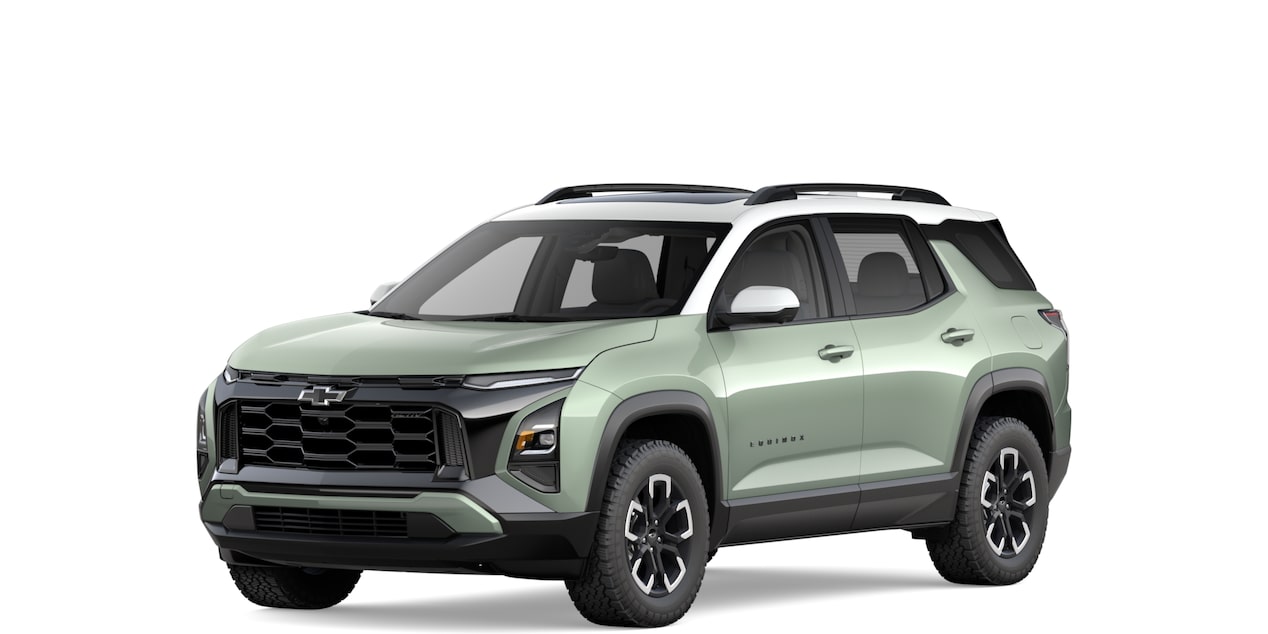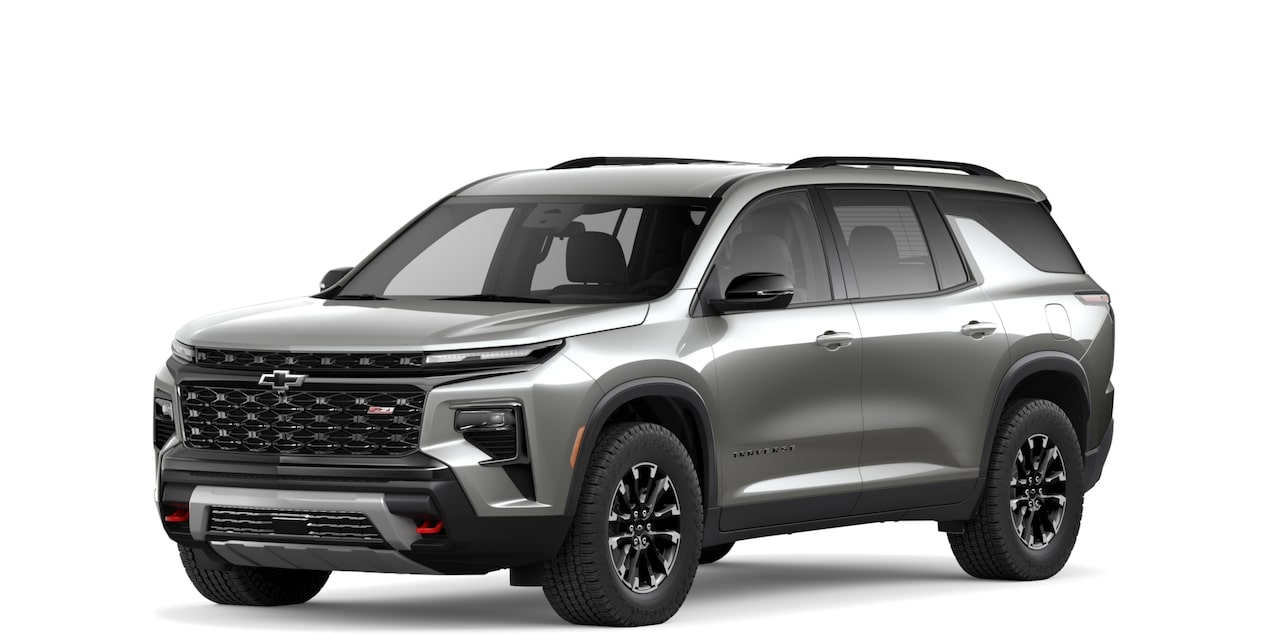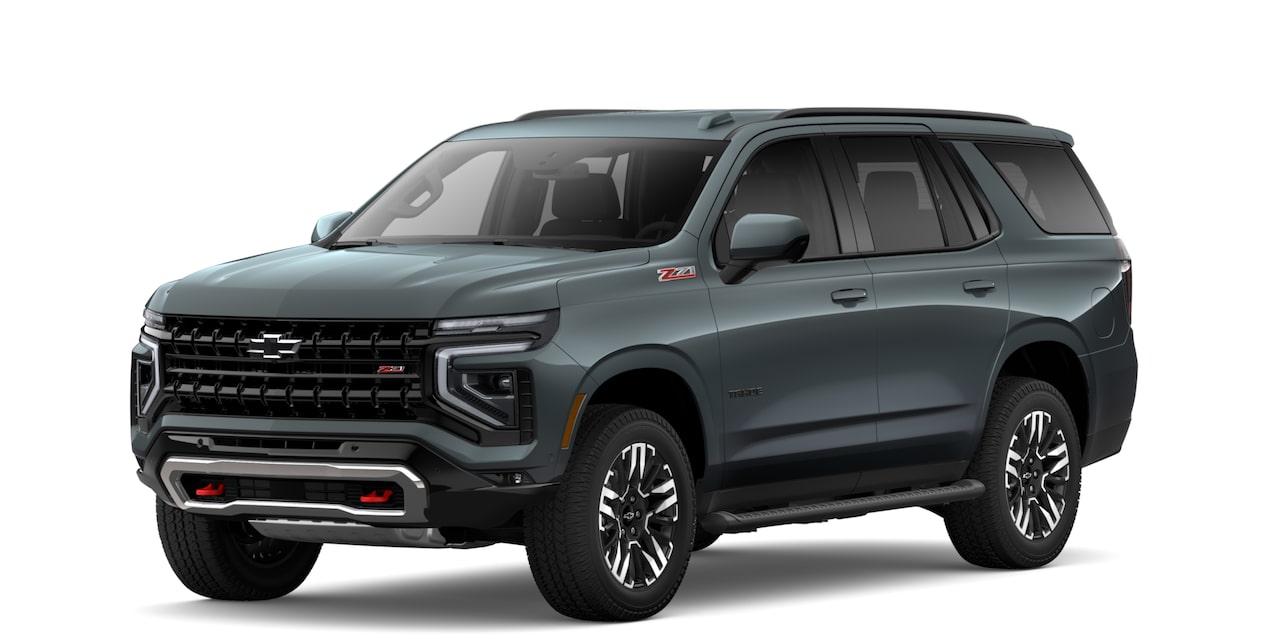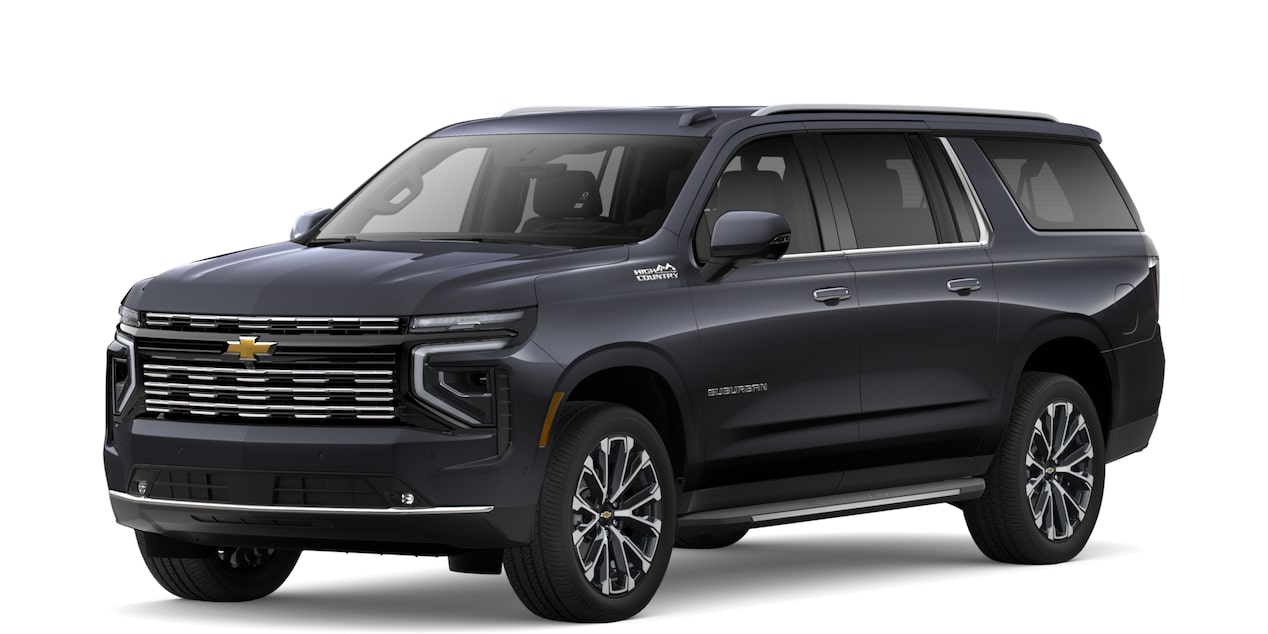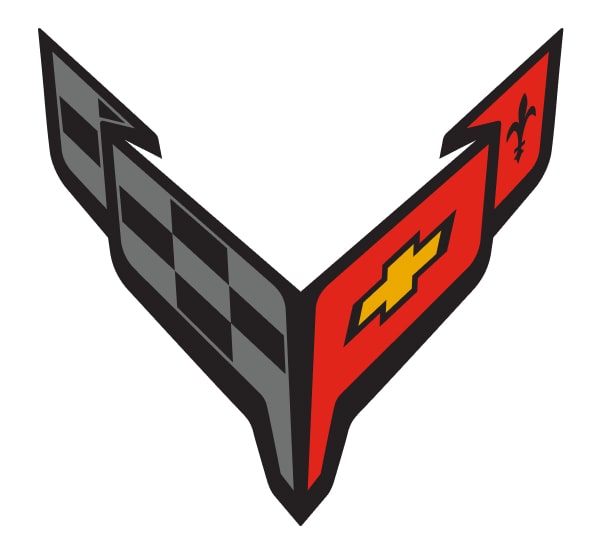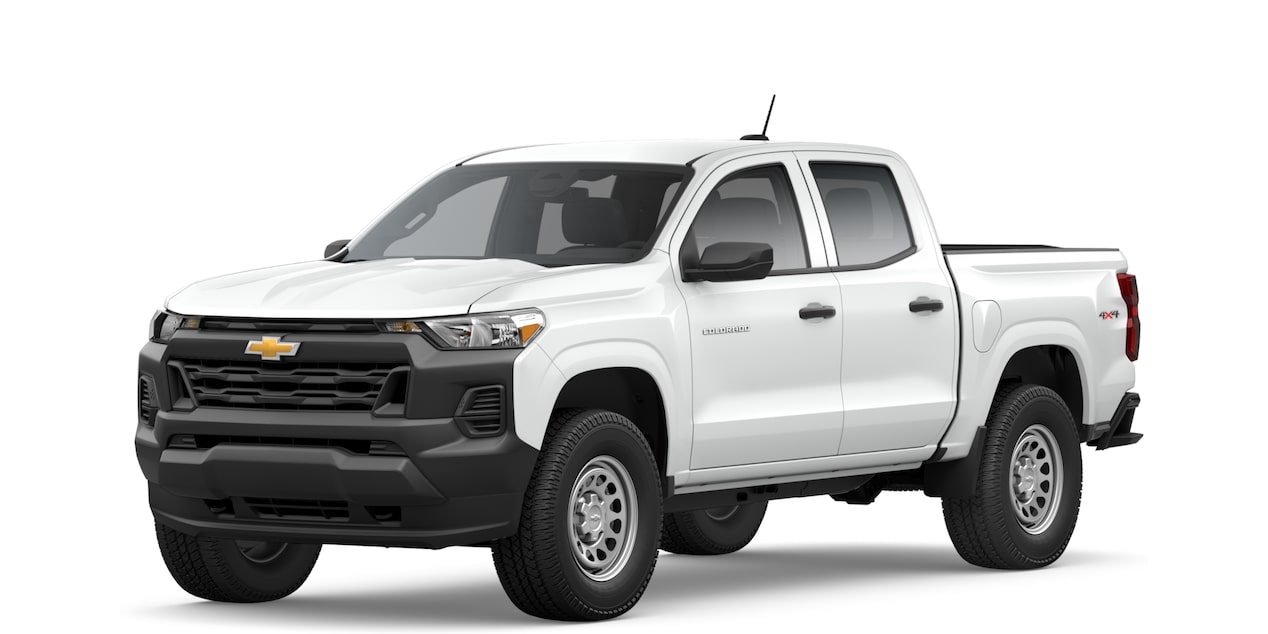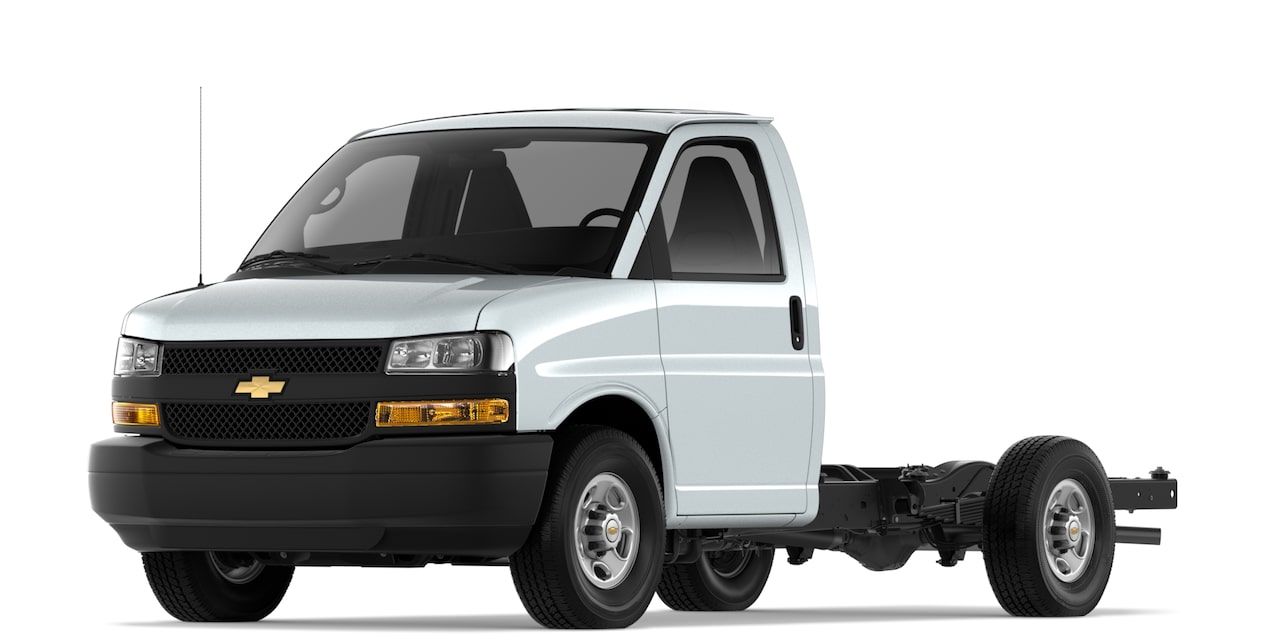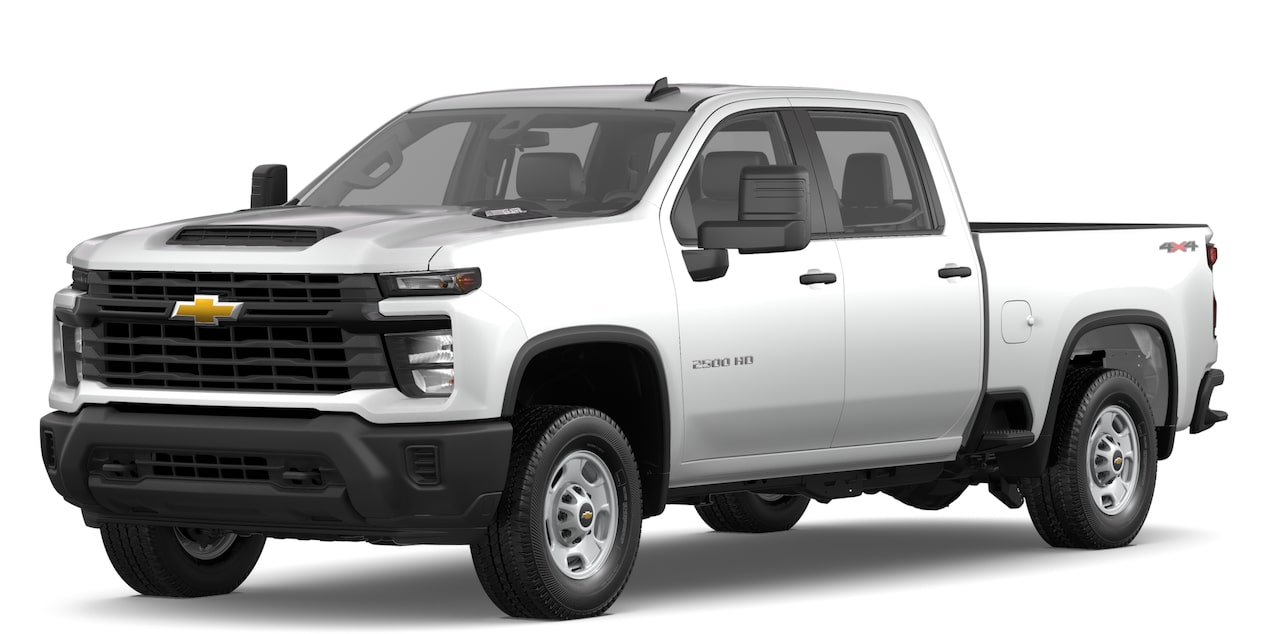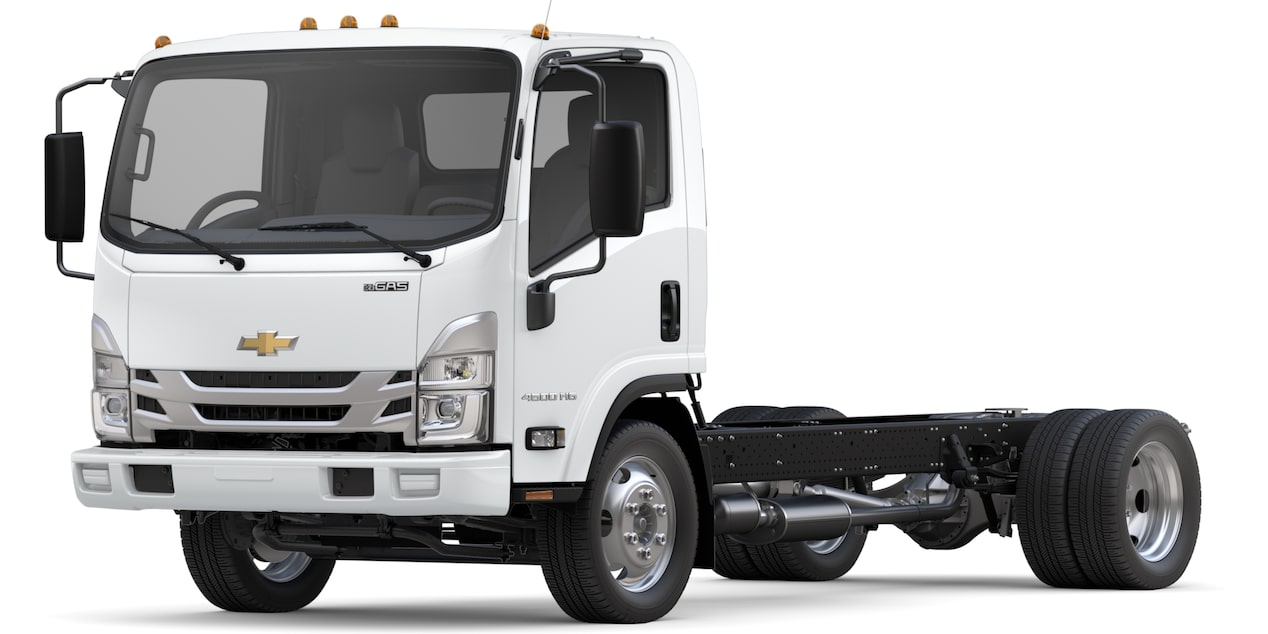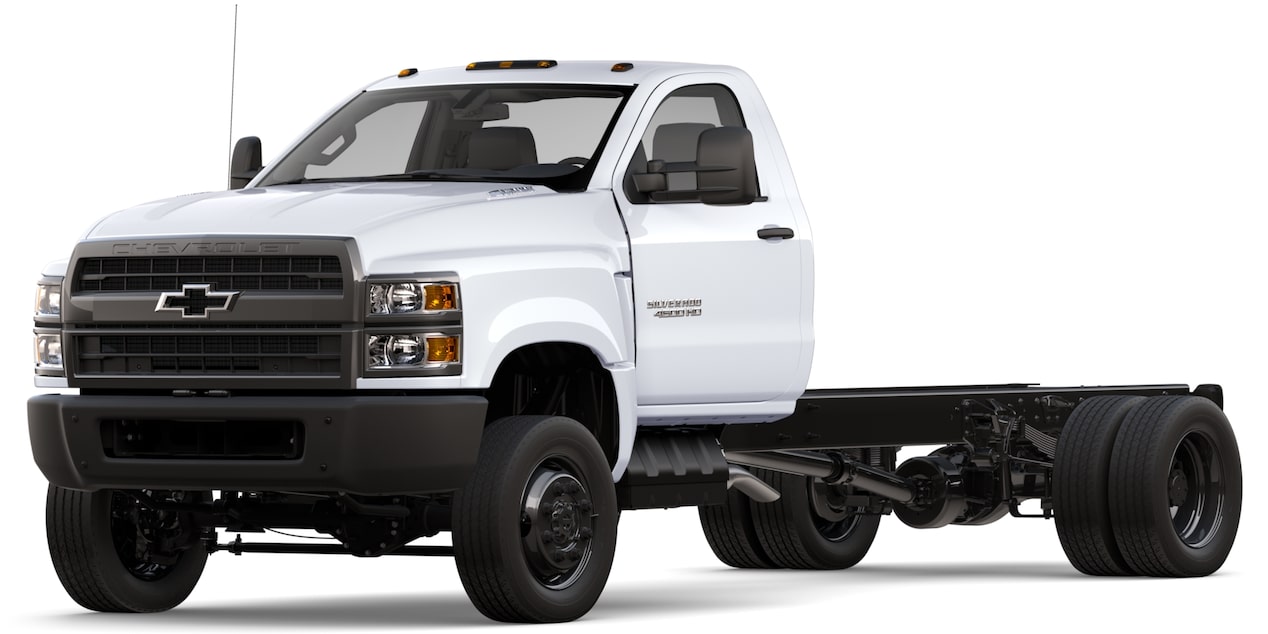At 200 mph, class begins
What does a 200-plus mph, single-seat, open cockpit race car running at 12,000 rpm have in common with the Chevy Malibu? It might be more than you think. Because the 2.2-liter direct injected twin turbo V6 engine that helps fuel our IndyCar success has inspired of some of the efficient technologies found in Chevrolet production models. If it wins on the racetrack, it may find its way into your car.

IndyCar debuts hybrid power unit
The hybrid era for IndyCar made its competition debut at Mid-Ohio Sports Car Course in July.
Chevy worked with IndyCar and other manufacturers to create a hybrid powertrain that provides an adrenaline-pumping 60 horsepower boost. There are two options that drivers have for regenerating energy: automatic via braking or throttle position, and manual via selected steering wheel paddles or buttons.
The new hybrid power unit stores energy in a supercapacitor, which delivers short but exceptionally powerful bursts of energy to enhance the on-track action – perfect for thrilling both drivers and race fans alike.

2024 engine specs
The power to set us apart
At the highest levels of racing, milliseconds count. Nowhere is that more true than in IndyCar, where our powertrain is our advantage. The 2.2L twin-turbocharged V6 engine churns out around 700 horsepower that drives us to win. And when we win, the whole lineup wins.
Engine architecture:
V6 twin turbo, dual overhead cam 4-valve
Displacement:
2.2 liters
Head/Block material:
Aluminum
Max RPM:
12,000 rpm; 12,200 overtake
Boost level:
1.3 – 1.5 bar
Fuel system:
Dual-pump direct injection designed for E85 fuel
Turbos:
BorgWarner
Rebuild life:
2,500 – 2,850 miles
Max horsepower:
735 hp
Transmission:
6-speed sequential Xtrac
Electronics:
McLaren ECU with Cosworth driver interface
Assembled engine mass:
248 lbs.
IndyCar drivers

Agustin Canapino

Ed Carpenter

Santino Ferrucci

Romain Grosjean

David Malukas

Scott Mclaughlin

Josef Newgarden

Pato O´Ward

Will Power

Christian Rasmussen

Sting Ray Robb

Alexander Rossi


